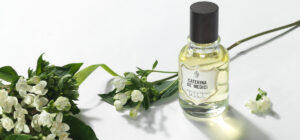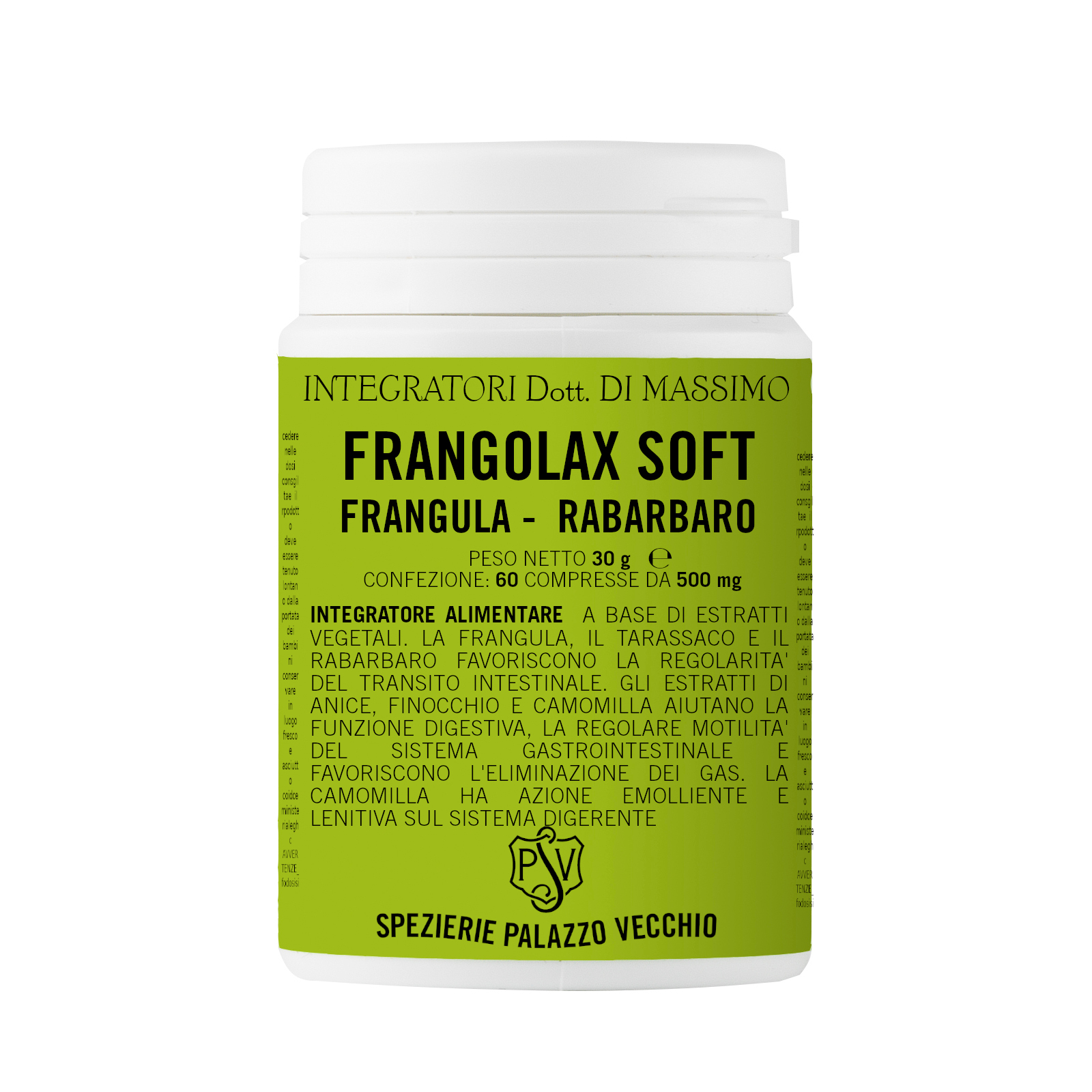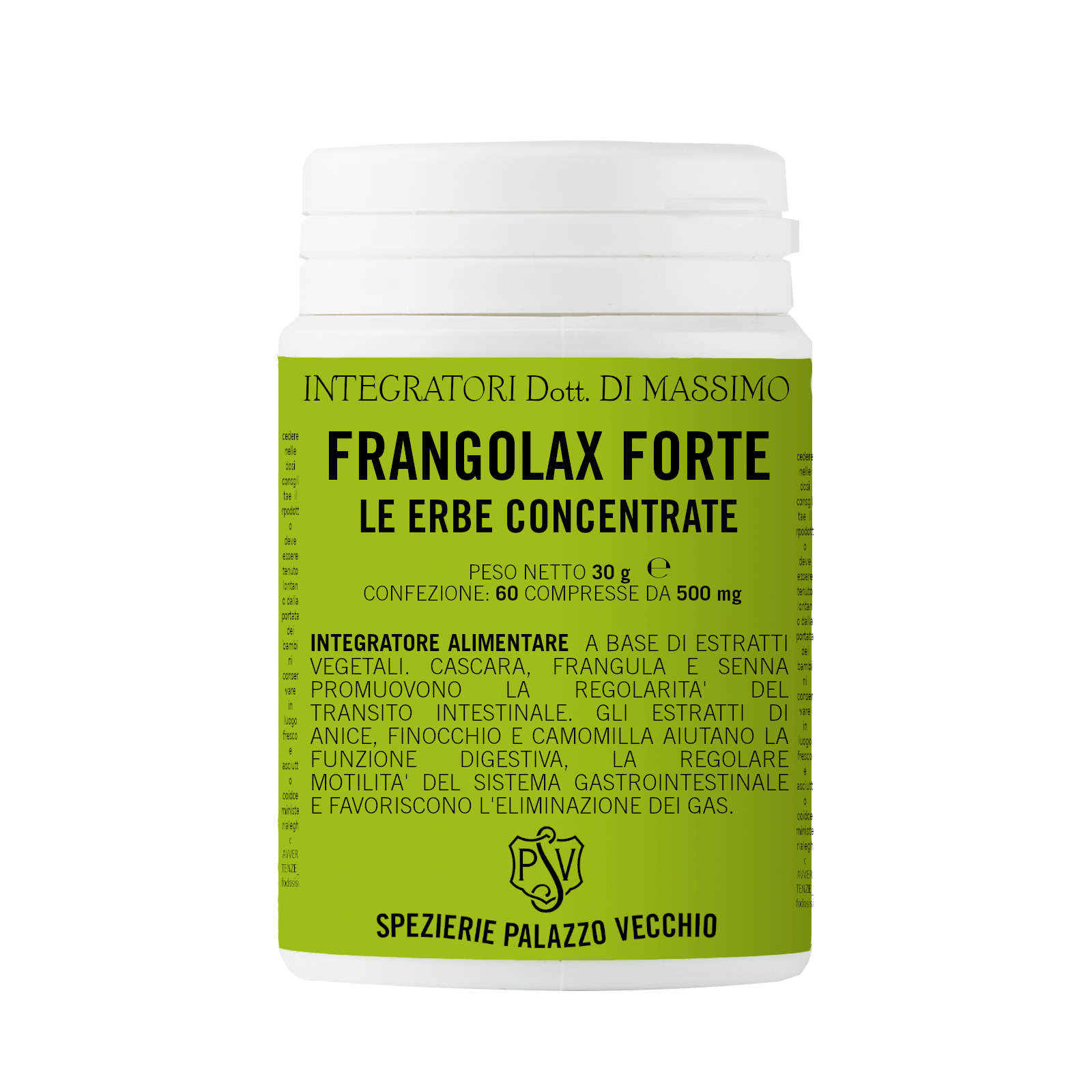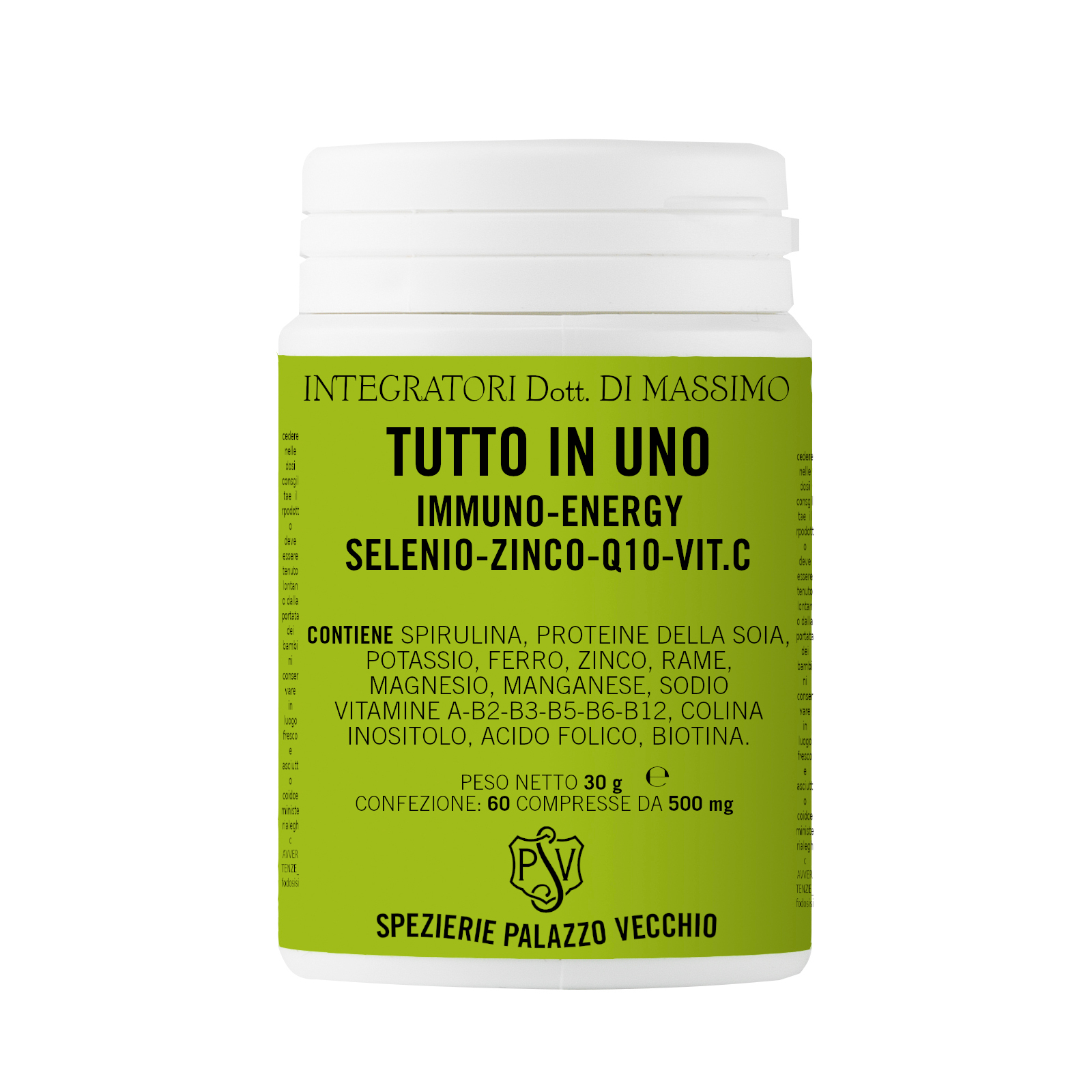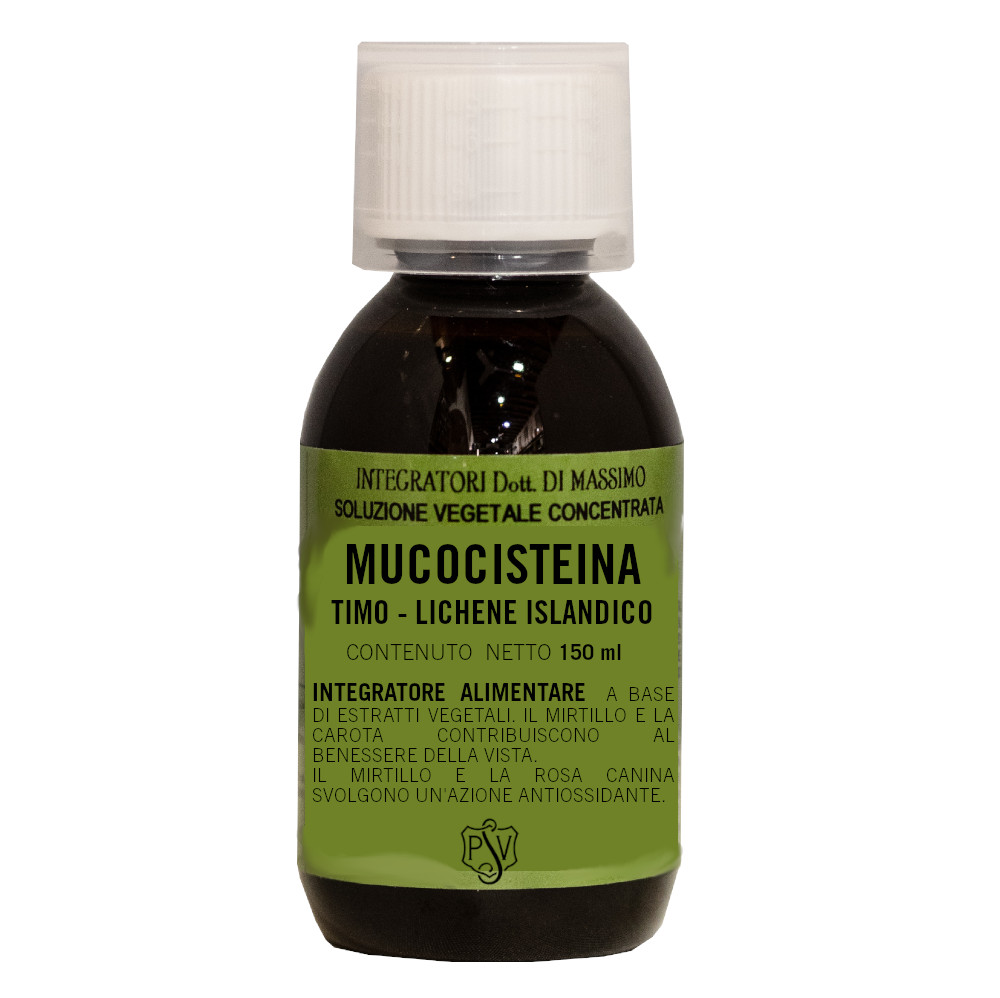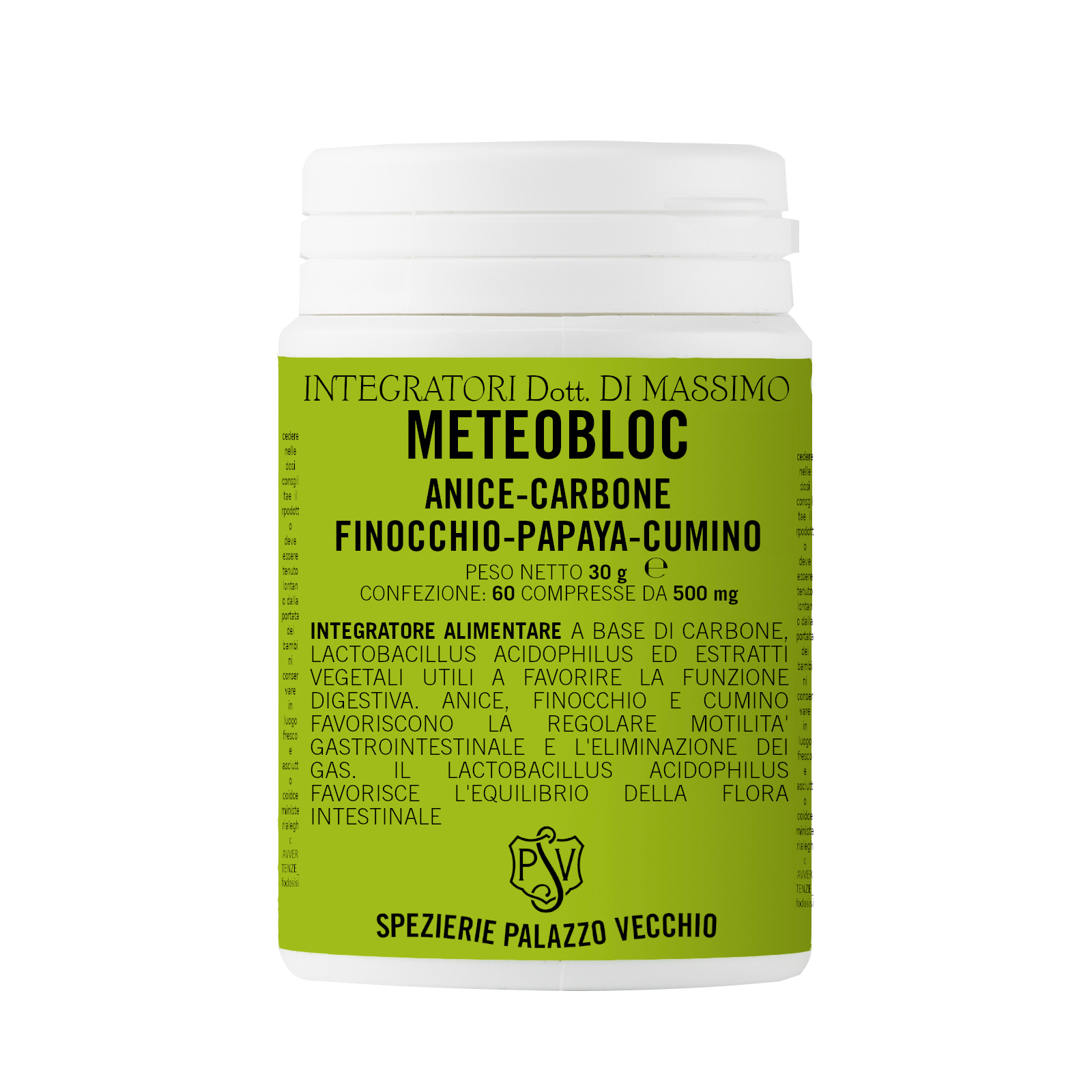| Active Ingredients and Disorders |
<div class="row" style="background-color: #f5f5f5;"> <div class="row"> <div class="col-sm-24"> <table id="" class="data-table" style="width: 100%;"> <tbody> <tr> <th class="label">THE ACTIVE INGREDIENTS CONTAINED IN THIS FOOD SUPPLEMENT ARE USEFUL IN CASE OF </th> </tr> <tr style="line-height: 20px;"> <td class="data"> <a href="/nutritional-supplements/intestinal-disorders">INTESTINAL DISORDERS: moderate or strong costipation </td> </tr> </tbody> </table> </div> </div> <div class="row"> <div class="col-sm-24"> <table id="" class="data-table" style="width: 100%;"> <tbody> <tr> <th class="label">ACTIVE INGREDIENTS AND MEDICAL PROPERTIES </th> </tr> <tr style="line-height: 20px;"> <td class="data"> <p><strong> <a href="/the-herbs-book/frangula"> BUCKTHORN al 7%-9% di GLUCOSIDI ANTRACHINONICI: </a></strong>: Plant containing ANTHACHACHONIC GLYCOSIDES, among which the best known are FRANGULOSIDES. These, thanks to the action of the bacterial flora, release the molecule's active part. They stimulate PERISTALS, increasing muscle reactivity and the natural contraction of intestinal wall, which determines the transit and the stimulus to defecation. They also promote the accumulation of water and electrolytes. </p> <p><strong> <a href="/the-herbs-book/dandelion"> DANDELION with 2% INULIN</a></strong>: Stimulates digestion, increases the release of bile from liver and gall bladder. Some studies have shown that it helps in cases of diseases from hepatic congestion, inflammation of bile ducts, biliary calculi and jaundice (The healing power of herbs, Michael Murray, 1995). Inulin, sugar that is part of the vegetable fibers not absorbed by intestine, facilitates intestinal regularity and is hypoglycemic. It allows the growth of Bifidobacteria in the intestinal microbial flora, while decreasing the density of harmful bacteria. It also acts by increasing fecal mass and stimulating evacuation. </p> <p><strong> <a href="/the-herbs-book/chamomille"> CHAMOMILLE</a></strong>: Although known as a mild sedative, this plant actually has a strong anti-inflammatory activity on mucous membranes, given by the action of APIGENINE, a flavonoid. It completes its action thanks to two important properties: it is emollient, so it gives relief in case of irritation of the mucosa; it is spasmolytic, that is, it acts as a sedative of the vegetative nervous system, so it stops the contractions and pains of the stomach and intestine. </p> <p><strong> <a href="/the-herbs-book/fennel"> FENNEL</a></strong>: Allied in all digestive tubes, fennel is a plant with CARMINATIVE power, that is, it removes gas from the stomach and intestines and soothes pain (colic). Helps in case of swelling, belching, flatulence, digestive insufficiency and irritable bowel therapy. It inhibits the fermentation processes in the large intestine and has antispastic capacity on the smooth muscles. Studies show that it has similar efficacy to metoclopramide (Principles pharmacognosy and phytotherapy, M. Tognolini and M. Chiavarini, 2007). </p> <p><strong> <a href="/the-herbs-book/rhubarb"> RHUBARB with 5% REINA</a></strong>: Drug containing anthraquinone glycosides that are transformed into REINE in our body. This molecule is the active ingredient responsible for laxative activity and is titrated to 2% within the supplement. Its action is enhanced by the synergy of the Frangola action. It is also used for liver disease and regulating biliary secretion. </p> <p><strong> <a href="/the-herbs-book/anise"> STAR ANISE</a></strong>: It contains an essential oil made up of 80% by ANETHOLE. It has eupeptic (stimulates appetite) and stomachic action: it helps in difficult digestion, stimulating gastric secretions, peristalsis. </p> </td> </tr> </tbody> </table> </div> </div></div>
|


